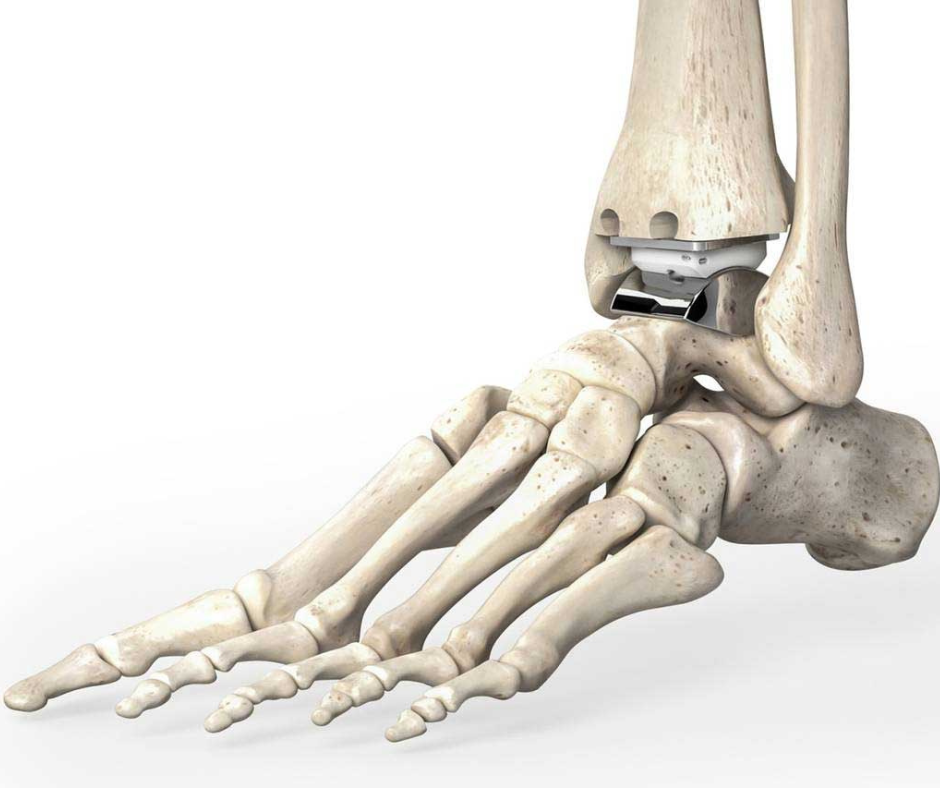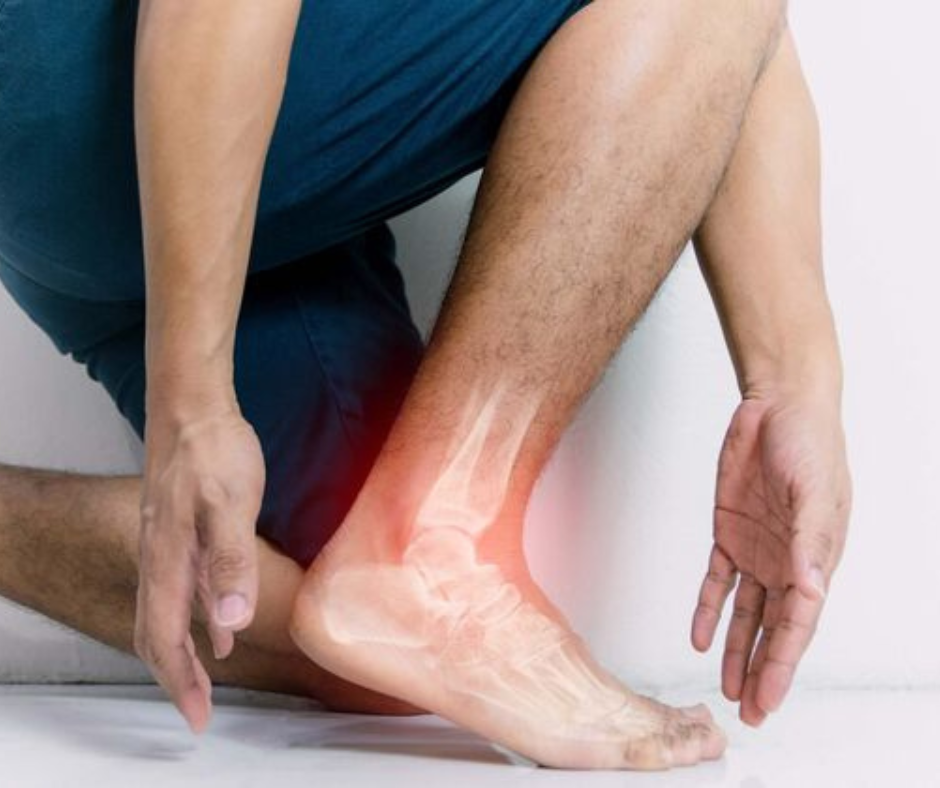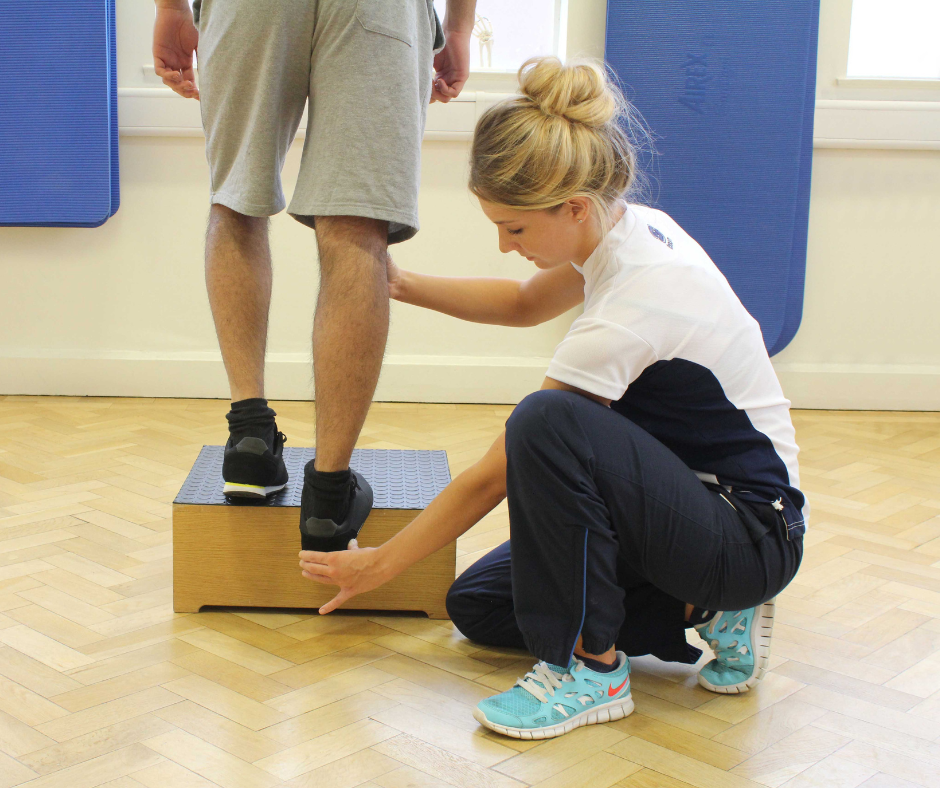Ankle Joint Replacement

Introduction to Total Ankle joint Replacement
Total ankle joint replacement, or total ankle arthroplasty, is a surgical procedure that aims to relieve pain and restore functionality in individuals suffering from ankle arthritis. This procedure involves replacing the damaged ankle joint with artificial implants made of metal and plastic components. By recreating the natural joint mechanics, total ankle joint replacement provides pain relief and allows patients to regain mobility.
Total ankle joint replacement has gained popularity due to its ability to preserve ankle motion, protect surrounding joints from increased wear, and improve overall quality of life. This procedure is typically recommended for individuals who have exhausted conservative treatments and continue to experience ankle pain and decreased function.
Understanding Ankle Arthritis
Ankle arthritis is a condition characterized by the degeneration of the cartilage that covers the bones in the ankle joint. This degeneration can occur due to the normal aging process, wear and tear, previous injuries such as ankle fractures or dislocations, or certain underlying health conditions. When the cartilage becomes thin and rough, it leads to joint pain, stiffness, and deformity.
Ankle arthritis can be caused by various factors, including:
1. Normal wear and tear associated with aging.
2. Previous ankle injuries or fractures
3. Repeated ankle dislocations
4. Rheumatoid arthritis
5. Osteoarthritis
6. Post-traumatic arthritis
The common symptoms of ankle arthritis include:
1. Persistent joint pain
2. Swelling and inflammation
3. Stiffness and limited range of motion
4. Difficulty walking or bearing weight
5. Instability and deformity
Diagnosis and Candidacy for Total Ankle Joint Replacement
If you have tried non-surgical treatments for ankle arthritis but continue to experience persistent pain and functional limitations, it may be time to consider total ankle joint replacement. However, not everyone is a suitable candidate for this procedure. Your foot and ankle orthopedic surgeon will carefully evaluate your condition and medical history to determine if total ankle joint replacement is appropriate for you.
1. Severe ankle deformities or instability
2. Dead bone in the talus (bottom bone of the ankle joint)
3. Inadequate bone quality to support the joint implants
4. History of deep infections or poor wound healing
5. Significantly abnormal nerve function or sensation
6. Circulatory problems or compromised blood flow to the ankle
7. Conditions such as diabetes or obesity
A thorough physical examination, medical imaging, and discussion of your symptoms and treatment goals will help your surgeon determine the most suitable course of action. In some cases, ankle fusion or ankle arthroscopy may be recommended as alternatives to total ankle joint replacement.

Alternatives to Total Ankle Joint Replacement
While total ankle joint replacement has become the preferred option for many individuals with ankle arthritis, there are alternative surgical procedures to consider. Ankle fusion surgery and ankle arthroscopy may be appropriate in certain cases, and your foot and ankle orthopedic surgeon will help you decide which procedure aligns best with your specific needs and lifestyle.
Ankle fusion, also known as ankle arthrodesis, involves permanently joining the ankle bones together to eliminate movement in the joint. During this procedure, the damaged surfaces of the bones are removed, and the bones are then fixed in a position that allows them to grow together. Ankle fusion is recommended for individuals with severe ankle arthritis who have significant pain and instability.
While ankle fusion provides pain relief, it limits the range of motion in the ankle joint. This altered biomechanics can affect walking and may increase stress on neighboring joints, potentially leading to the development of arthritis in those joints.
Ankle arthroscopy is a minimally invasive surgical procedure that allows the surgeon to visualize, diagnose, and treat various ankle conditions. It involves making small incisions and inserting a tiny camera and specialized instruments into the joint. Ankle arthroscopy can be used to remove loose fragments, repair damaged cartilage, or address certain ankle injuries. However, it is not typically a primary treatment option for ankle arthritis.
Your foot and ankle orthopedic surgeon will assess your condition and discuss the benefits and limitations of each surgical alternative before recommending the most appropriate course of action.
Ankle arthroscopy cost varies somewhere between 1500 USD to 6000 USD depending on the condition of the joint.

Preparation for Total Ankle Arthroplasty
Before undergoing total ankle joint replacement, adequate preparation is essential to ensure a smooth surgical experience and optimal recovery. Your care team will guide you through the preoperative process to help you understand what to expect and make necessary arrangements.
Engaging in pre-operative physical therapy can be beneficial in improving your overall strength, flexibility, and range of motion. Your physical therapist will develop a tailored exercise program to help you prepare for surgery and optimize your post-operative rehabilitation.
Making certain lifestyle modifications can contribute to a successful total ankle replacement surgery and recovery. For example, if you are a smoker, quitting smoking before surgery can significantly reduce the risk of complications and enhance the healing process. Additionally, maintaining a healthy body weight can alleviate stress on the ankle joint and promote better outcomes.
Your healthcare provider may recommend adjusting certain medications prior to surgery. For example, blood-thinning medications may need to be temporarily discontinued to minimize the risk of excessive bleeding during the procedure. It is important to discuss your medication regimen with your healthcare team to ensure proper management leading up to the surgery.
By following the guidance provided by your care team and preparing both physically and mentally for the procedure, you can optimize your chances of a successful outcome.